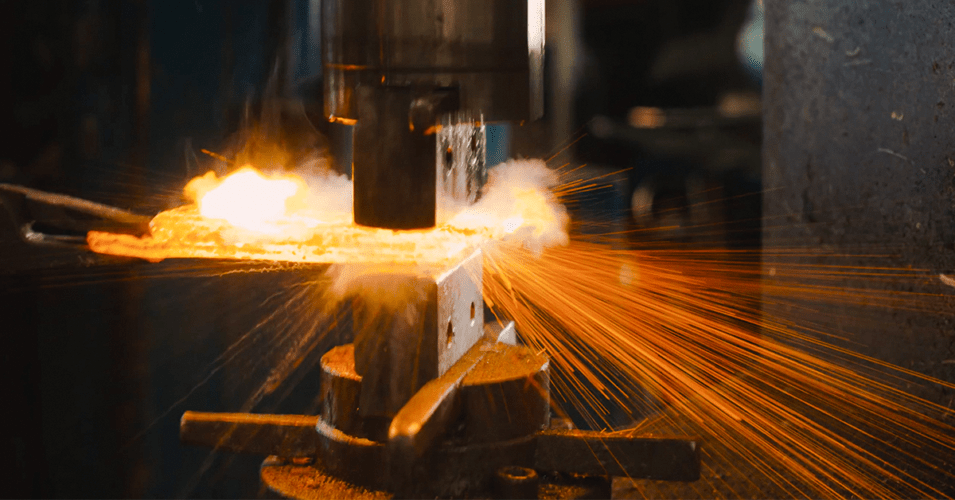Hot forging is a manufacturing process that has played a crucial role in shaping the history of human civilization. From the earliest days of blacksmithing to the advanced techniques used in modern industry, hot forging has undergone a remarkable evolution. This article explores the fascinating journey of hot forging, tracing its development from humble beginnings to its current state as a vital part of the global manufacturing landscape.
The Origins of Hot Forging: Blacksmithing
Hot forging, as we know it today, finds its roots in the ancient craft of blacksmithing. Blacksmiths were skilled artisans who worked with iron and other metals, heating them until they were malleable and then shaping them into various tools, weapons, and everyday objects. The process involved heating the metal in a forge, which was essentially a small furnace fueled by coal or charcoal, and then hammering it into the desired shape on an anvil.
The blacksmith’s hammer and anvil became iconic symbols of craftsmanship and creativity. This process allowed people to create tools and weapons that were stronger and more durable than those made through other methods, such as casting. Blacksmithing was not just a means of production; it was an art form and a central trade in many ancient societies.
The Industrial Revolution and the Rise of Modern Forging
The Industrial Revolution marked a turning point in the history of hot forging. During the late 18th and early 19th centuries, significant technological advancements transformed the way metal was worked. The development of steam engines and mechanical hammers revolutionized the forging process, making it more efficient and productive.
One key innovation was the invention of the steam hammer by James Nasmyth in 1839. The steam hammer greatly increased the force and speed with which metal could be forged, allowing for the production of larger and more complex components. This innovation laid the foundation for the use of hot forging in mass production.
The Science of Hot Forging
As technology continued to advance, so did our understanding of the science behind hot forging. The process involves heating metal to a specific temperature (above its recrystallization temperature) to make it pliable and then shaping it using compressive force. The precise control of temperature and pressure is critical to achieve the desired mechanical properties in the final product.
Hot forging offers several advantages over other manufacturing methods, including improved material properties, reduced waste, and enhanced design flexibility. The process can produce parts with exceptional strength, toughness, and fatigue resistance, making it ideal for applications in aerospace, automotive, and many other industries.
Modern Applications of Hot Forging
Today, hot forging is an essential part of the manufacturing sector. It is used to produce a wide range of components, from simple bolts and fasteners to complex aerospace parts and automotive components. The automotive industry, in particular, relies heavily on hot forging for the production of critical components like crankshafts, connecting rods, and transmission gears.
The use of computer-aided design (CAD) and simulation tools has further advanced the field of hot forging. These technologies allow engineers to optimize the forging process and create components with exceptional precision and efficiency. Additionally, advancements in materials science have led to the development of specialized alloys and heat treatments that enhance the performance of forged components.
Hot forging has come a long way from its humble origins in the blacksmith’s forge. The evolution of this manufacturing process, driven by technological innovations and scientific understanding, has made it a cornerstone of modern industry. From the steam hammers of the Industrial Revolution to the computer-controlled forging presses of today, hot forging continues to shape the world by producing durable, high-performance components that are essential to our daily lives. Its journey from the anvil to the assembly line is a testament to the power of human ingenuity and our ability to harness the forces of heat and pressure to create something remarkable.
